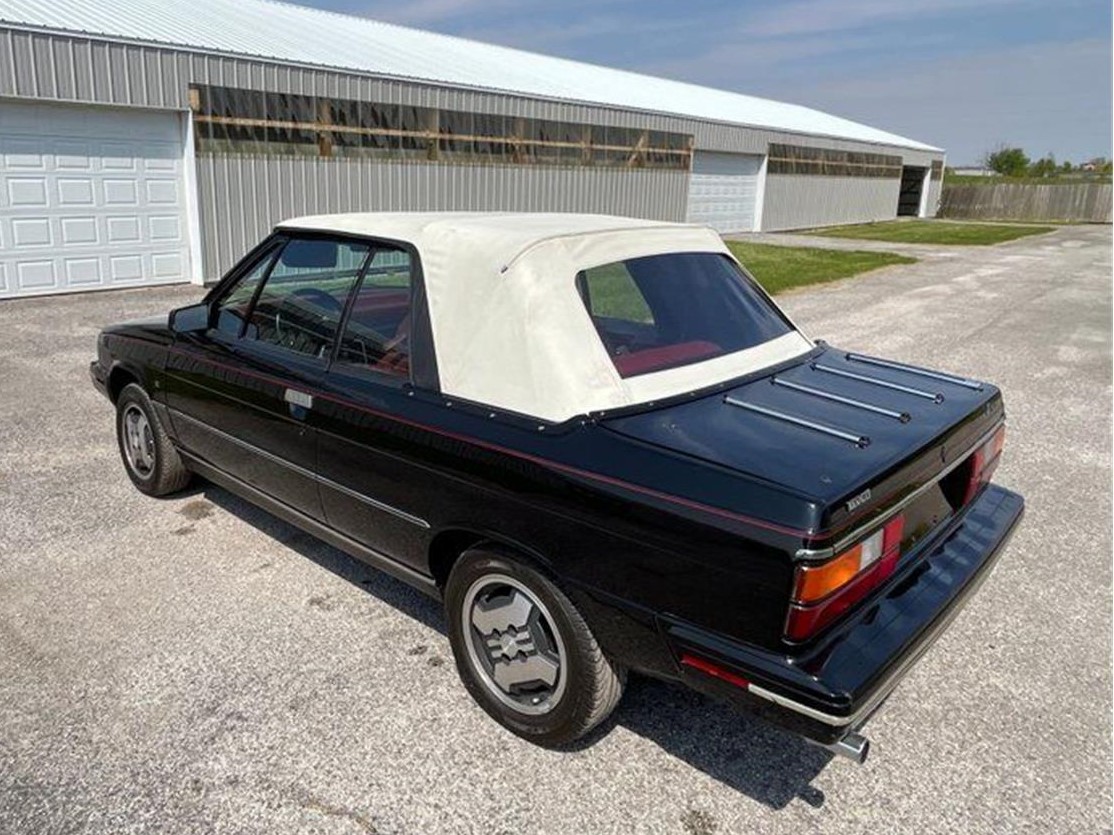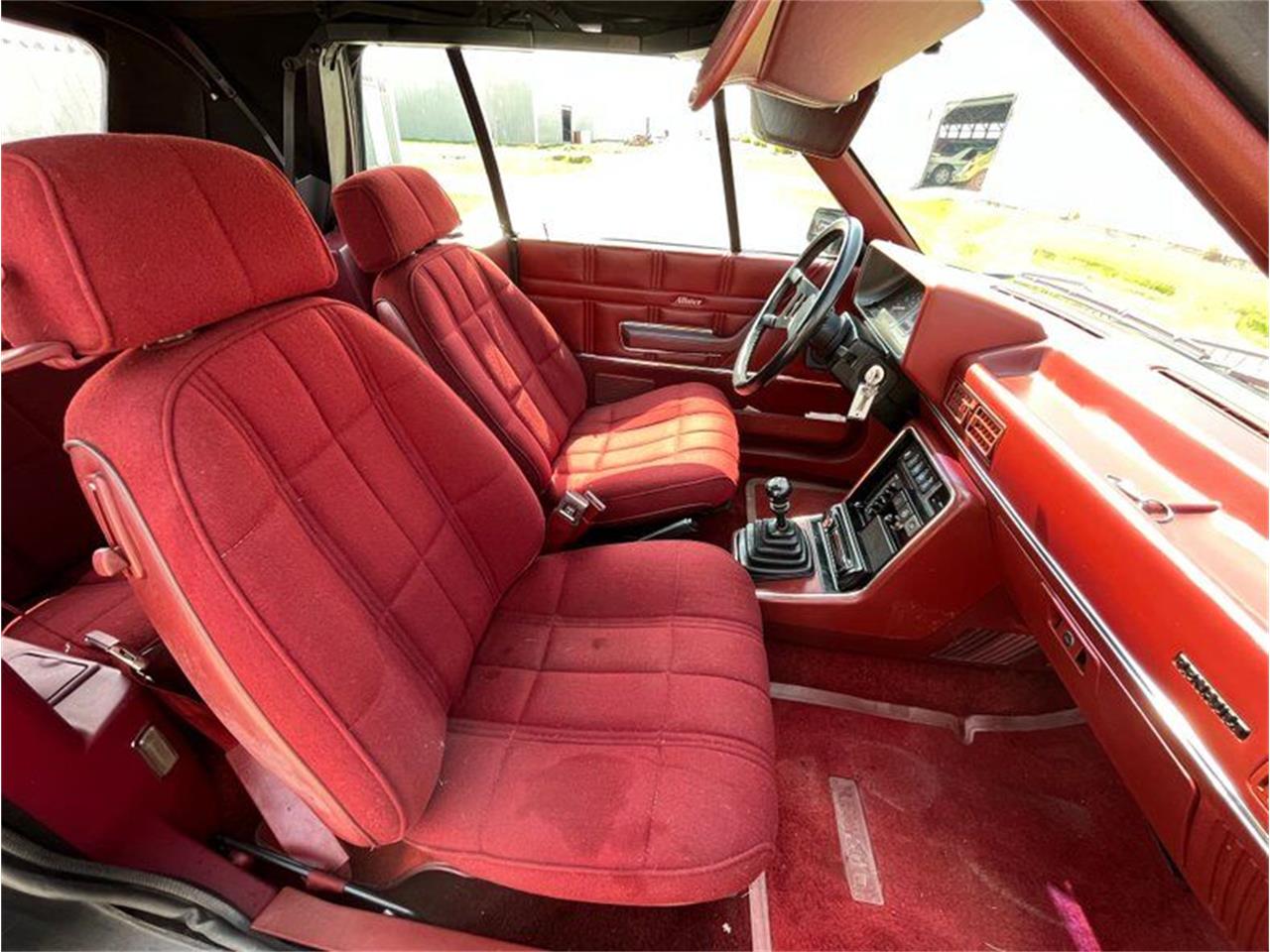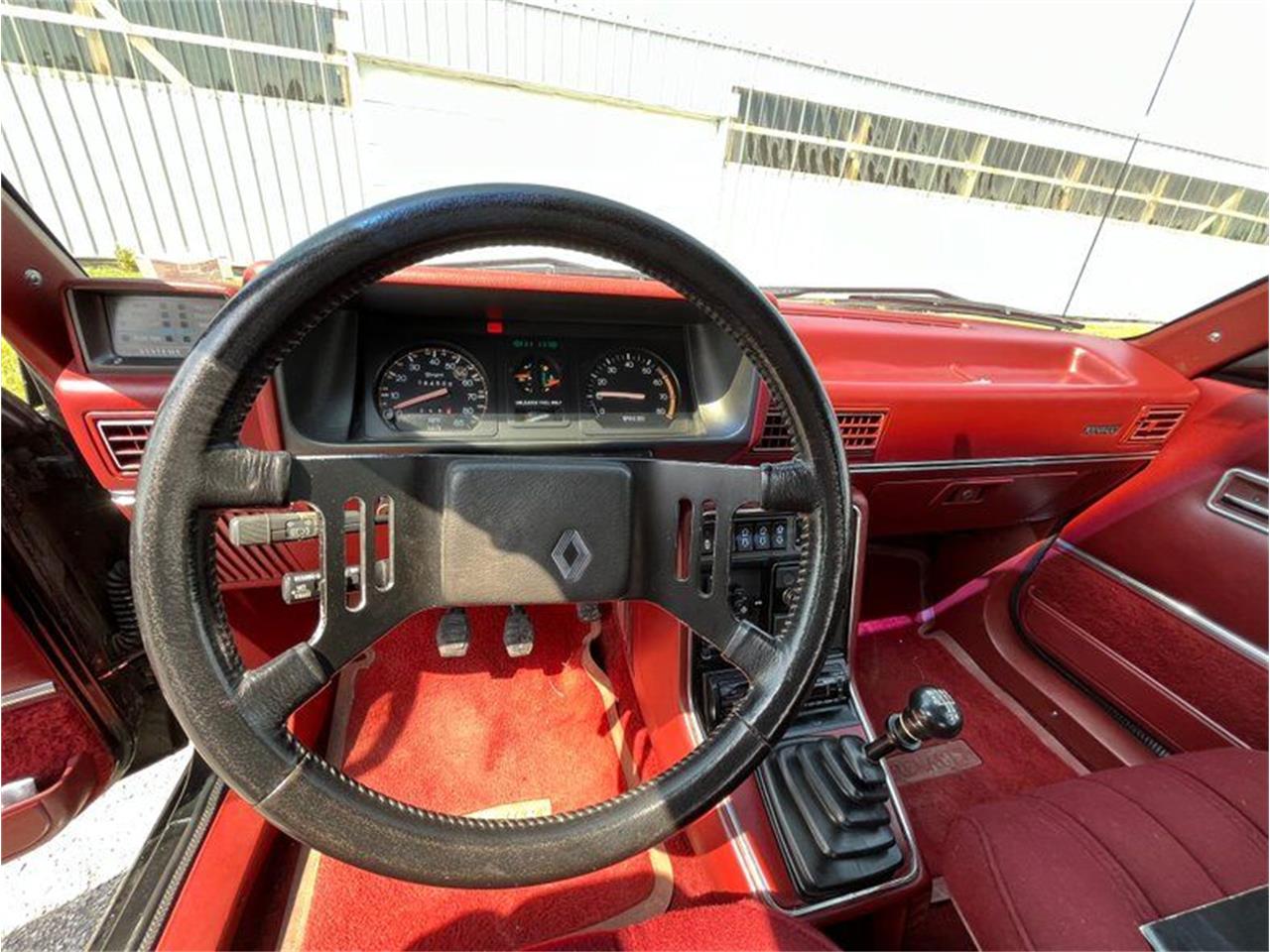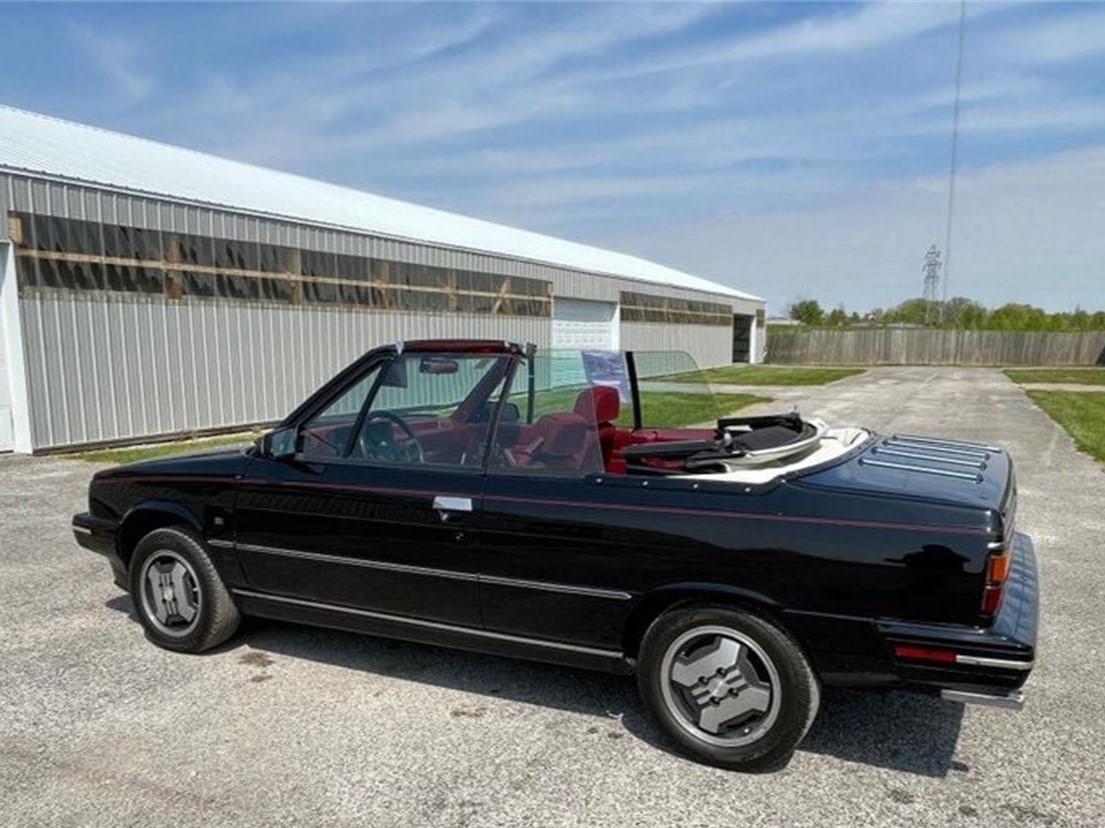Let’s be honest: Americans have never fallen in love with French cars. Sure, for a brief time, Renault Dauphine sold in great numbers, but how many have survived? Simca had Chrysler support, but they’re long forgotten. Peugeot made inroads but fizzled by the early 1990s, just before our Pick of the Day was built: a 1985 Renault Alliance convertible. It’s listed on ClassicCars.com by a dealership in Staunton, Illinois. (Click the link to view the listing)

Aside of giving Volkswagen a run for its money in 1959-60, Renault didn’t experience much success in the American market. Even the 5, which was probably the next truly successful Renault in America, didn’t catch on until Renault’s marketing department changed the name from “5” to “Le Car.” Yes, the charm was there, but the staying power was not. Enter American Motors, which needed a cash influx to survive. Banks were not having it, but Renault’s interest was piqued by the ability to use AMC’s sales channels to peddle its cars in the U.S. With loan in hand, American Motors continued to survive on Jeeps and renamed Hornets and Gremlins. And, soon, the Renault 9.

Named “Renault Alliance” in the U.S., eschewing the AMC nameplate, the new American-built economy car debuted for the 1983 model year and promptly won the Motor Trend Car of the Year award. Buff books were high on the Alliance and the Encore (née Renault 11) hatchback, which was introduced for 1984. Testers liked the clever packaging and interior room, construction quality, and refinement. For 1985, a unique convertible was introduced, joining the bandwagon of other convertibles that had marked a comeback for the body style since the last American convertible was produced in 1976. The convertible lasted through 1987, that year being joined by a high-performance GTA variant . . . and then Chrysler bought out American Motors. The Alliance (and Encore, which was now called the Alliance Hatchback) was discontinued in the American market so as not to cannibalize competitive Mopar models.

Why discontinue a successful model? Because the Alliance had fallen out of favor with increased competition from Asia, plus any remnants of the previous gas crisis were gone, giving Americans more reason to move up in class. Then there was the exchange rate between the two countries, and several Renault missteps, not to mention AMC put too many of its eggs in one basket before it could launch the Medallion (later branded as an Eagle). With that, American Motors was no more.

This 1985 Renault Alliance convertible is an example of Renault’s skill at making a good economy car combined with AMC’s cleverness in times of trouble. Though Renault’s emissions-saddled 1.7-liter four-cylinder was not a track star, this ragtop has a five-speed manual to maximize every ounce of power. “This Renault is in very good condition for its age. Inside you will find the interior finished in red and black,” says the seller. A power-operated top is a nice touch for a car in this class (though a convertible in this class was quite unique too), and the rear spoiler gives a semblance of sportiness even if it was lacking under the hood.

Adds the seller, “This Renault runs and drives well and is certainly an odd car that you won’t see very often.” The latter part is certainly true — when was the last time you saw one of these? For $10,900, you can claim that you see one every day.
To view this listing on ClassicCars.com, see Pick of the Day.





